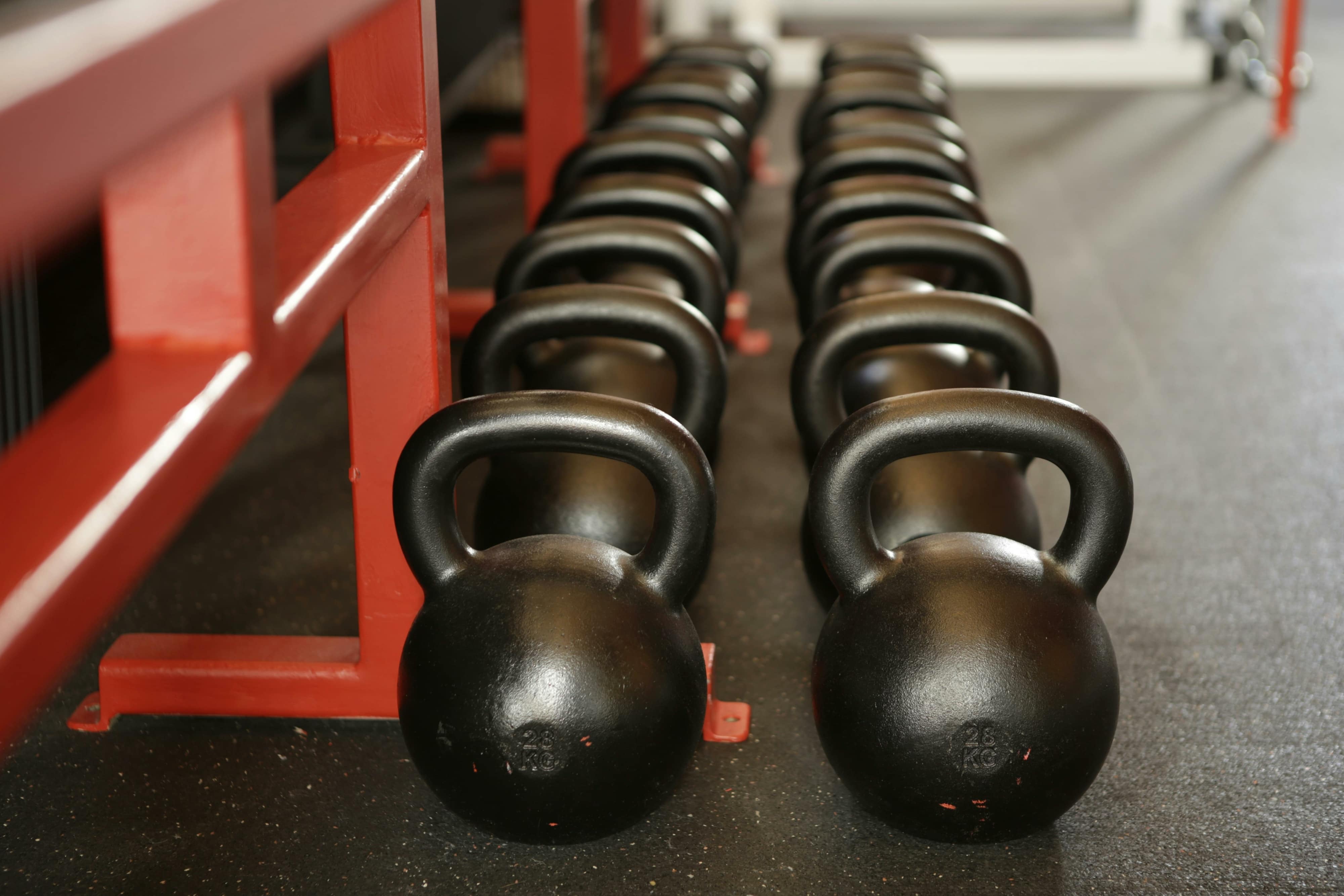At AFPA, our team of kinesiology experts and certified personal trainers, with decades of combined experience, frequently hears from individuals wondering why their muscular strength gains differ from others despite following similar workout routines. This curiosity about muscular strength and how it varies drives many to seek answers. At AFPA, we’ve helped thousands unlock their fitness potential by teaching the science behind muscles and strength. This article explores the key factors that shape muscular performance, answers why muscular strength is important, and highlights muscular strength benefits like improved health and confidence. Whether you’re curious about muscular strength examples or seeking to define muscular strength for your fitness journey, let’s dive into the proven factors that drive results.
What is Muscular Strength
Muscular strength is the ability of a muscle or muscle group to exert maximum force in a single effort. It’s what allows you to tackle demanding tasks like lifting a heavy barbell or shoving a stuck lawnmower with ease. Unlike muscular endurance, which is about sustaining effort over time, muscular strength focuses on generating peak force, making it vital for both athletic feats and everyday activities. The functions of muscular tissue, such as contraction and force production, are at the heart of this ability, and developing muscular strength enhances not only performance but also overall health, supporting stronger bones, improved posture, and injury prevention.
Muscular Strength Examples
I often explain muscular strength by pointing to practical examples that bring the concept to life. Imagine pulling off a heavy deadlift in the gym, feeling your back, glutes, and legs fire up as you lift the barbell from the floor—that’s muscular strength powering through, engaging multiple muscle groups for a single, powerful effort. Outside the gym, muscular strength examples include hauling a heavy toddler up a staircase or giving a strong push to get a stalled car moving. These moments highlight the muscle strength needed for short, forceful actions, showing why building muscular strength is essential for both functional, everyday movement and fitness performance.
Key Factors Shaping Muscular Strength
Ready to unlock what makes some people power through lifts like superheroes while others struggle? Muscular strength isn’t just about hard work—it’s shaped by a fascinating mix of genetics and biology. From the type of muscle fibers firing in your body to your age, gender, and even the length of your limbs, these factors play a huge role in how strong you can become. Below, we’ll break down these game-changers, showing you how they influence your muscular performance and what you can do to maximize your muscle strength.
Type of Muscle Fiber
One of the most influential factors that affect strength is muscle fiber type. We have two basic types of muscle fibers, often referred to as “slow twitch” and “fast twitch.” Slow twitch muscle fibers are best used for cardiovascular (aerobic) activities. They produce small levels of force for long periods of time and thus are better suited for endurance activities. Fast twitch fibers are best used for anaerobic activities. They produce high levels of force for short periods of time and are best suited for power activities such as weightlifting.
Most men and women have an equal combination of both slow twitch and fast twitch fibers. However, some people inherit a high percentage of slow twitch fibers that enhance their performance in endurance activities, such as long-distance runners. Most world-class marathon runners have a very high amount of slow twitch fibers. World-class sprinters or football players, for example, have relatively more fast twitch muscle fibers. Although both fiber types respond positively to strength training workouts, the fast twitch types experience greater increases in muscle size and strength, and thus may obtain greater and/or faster results from a strength training program.
Age
Another factor over which we have little control is age. Studies show that people of all ages can increase their muscle size and strength as a result of a safe and effective strength training program. However, the rate of strength and muscle gain appears to be greater from age 10-20, the years of rapid growth and development. After reaching normal physical maturity, muscular improvements usually don’t come as quickly.
Learn How to Become a Certified Personal Trainer Online in Less Than 6 Months

Gender
Gender does not affect the quality of our muscle, but does influence the quantity. Although men’s and women’s muscle tissue are characteristically the same, men generally have more muscle tissue than women do because muscle size is increased by the presence of testosterone, the male sex hormone. The larger the muscles, the stronger the person; this is why most men are stronger than most women.
Limb and Muscle Length
Another strength factor that is naturally determined is limb length. Persons with short limbs tend to be able to lift more weight because of advantageous leverage factors (arms and legs). Similarly, differences in strength development may come about because of variation in muscle length. Some people have long muscles, and some people have short muscles. Persons with relatively long muscles have greater potential for developing size and strength than persons with relatively short muscles.
Point of Tendon Insertion
Muscle strength is also influenced by the point of tendon insertion. For example, let’s say Jim and John both have the same arm and muscle length. However, Jim’s biceps tendon attaches to his forearm farther from his elbow joint than John’s does. This gives Jim a biomechanical advantage: he is able to lift more weight than John in biceps exercises such as the Biceps Curl.
Effective Training Techniques for Muscular Strength
Building muscular strength hinges on training smarter, not just harder. I’ve seen the best results come from slow, deliberate lifting techniques that fully engage the functions of muscular tissue. Lifting until your muscles reach fatigue—think that moment when you can barely complete one more rep—triggers the growth needed for muscle strength. It’s not about piling on endless sets; it’s about intentional programming and quality. Programs like the AFPA Personal Trainer Certification dive deep into crafting balanced routines that maximize muscular performance while avoiding common pitfalls.
Rest and Recovery: The Unsung Heroes
One of the biggest mistakes I see in the gym is neglecting rest, and it’s a surefire way to stall your muscular strength gains. Your muscles grow during recovery, not while you’re lifting. Overtraining—whether by skipping rest days or overloading with too many exercises—can lead to burnout or injury, undermining the muscular strength benefits like stronger bones and better posture. Aim for 48-72 hours of rest per muscle group between sessions, and prioritize sleep and nutrition to fuel growth.
Breaking Through Plateaus with Program Variety
Hitting a wall in your strength training is normal, but staying stuck isn’t. If your muscular performance flatlines or your workouts feel stale, it’s time to switch things up. Varying your routine—by changing exercises, tweaking rep ranges, or increasing intensity—keeps your muscles challenged and your progress on track. Genetics may shape your potential, but they don’t dictate your effort. For practical tips on avoiding stagnation, check out 10 Things to Avoid in Your Strength Training Workout to ensure your muscle strength keeps climbing, no matter your starting point.
Why Muscular Strength Matters
Muscular strength benefits include increased bone and ligament strength, enhanced metabolic health, and improved psychological well-being through greater self-esteem. Whether you’re lifting weights, carrying groceries, or playing sports, muscle strength supports daily activities and long-term health. By embracing a well-rounded strength training program, you can unlock the full potential of your muscles and strength.
For those eager to dive deeper, the AFPA Personal Trainer Certification offers comprehensive insights into strength training techniques tailored to individual goals. Learn how to harness the functions of muscular tissue and avoid common pitfalls in your workouts to achieve optimal muscular performance.
Editor’s Note: This post was originally published in October 2014 and has been revamped and updated for accuracy and comprehensiveness.

Written by
Gene Lim, Certified Personal Trainer
Learn How to Become a Certified Personal Trainer Online in Less Than 6 Months




